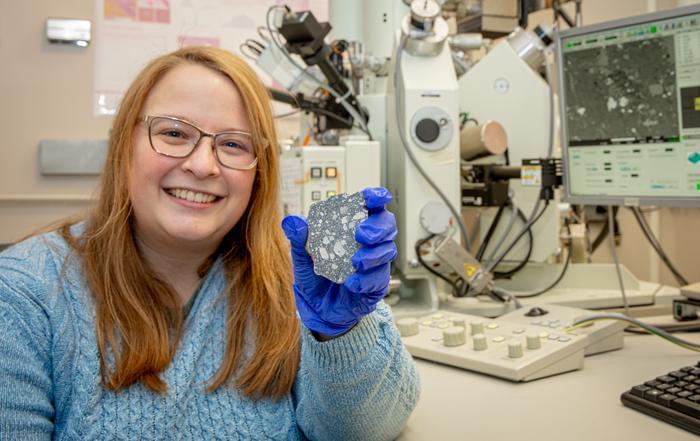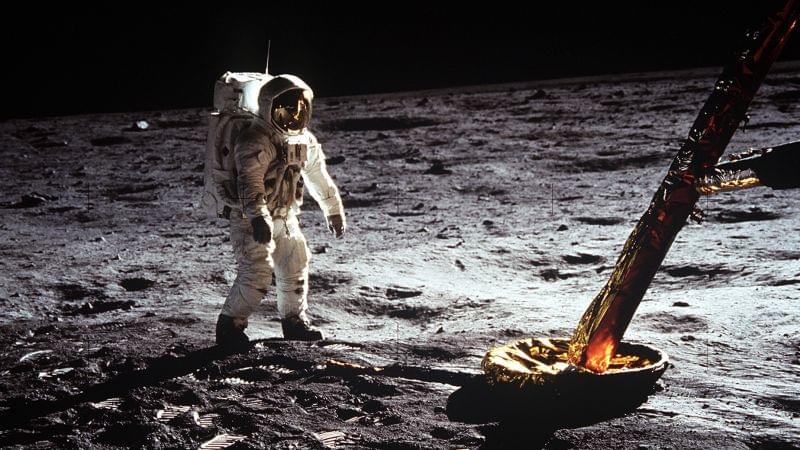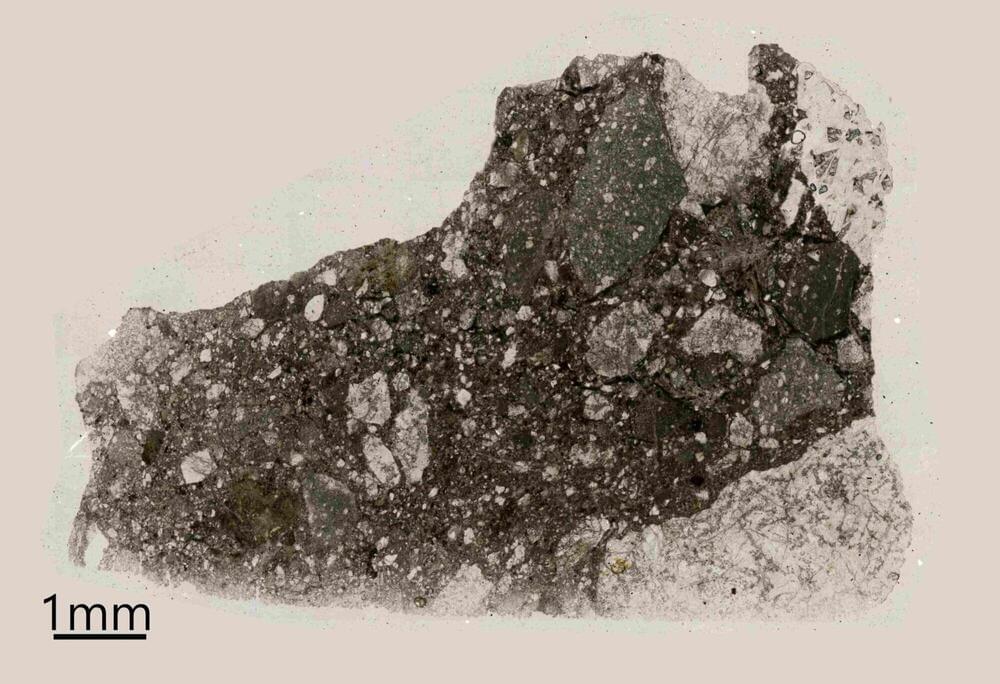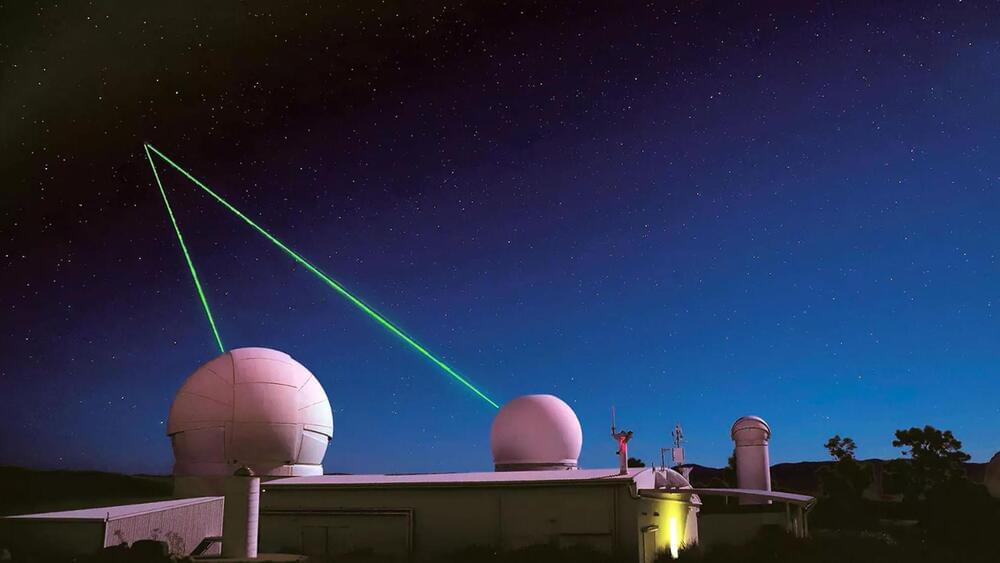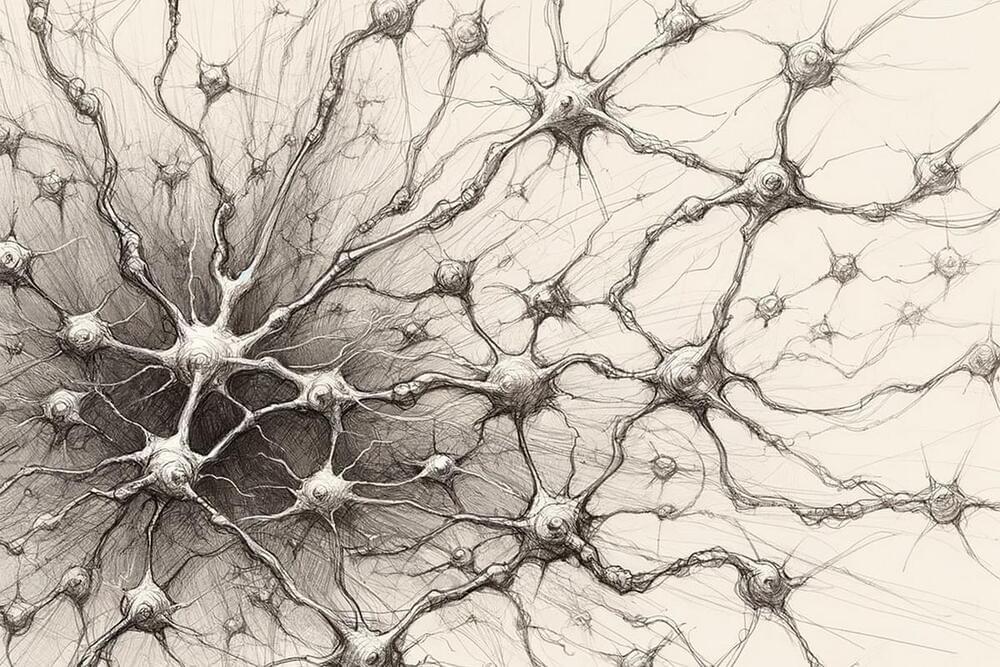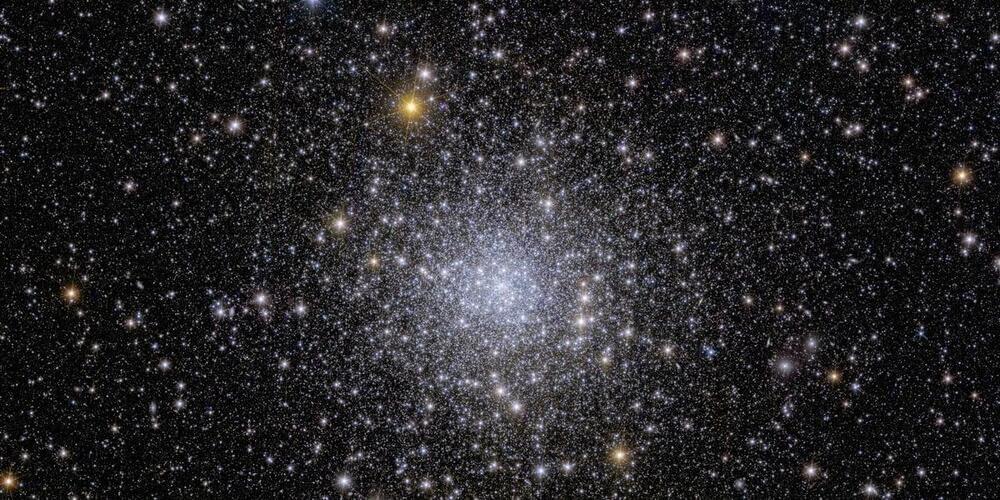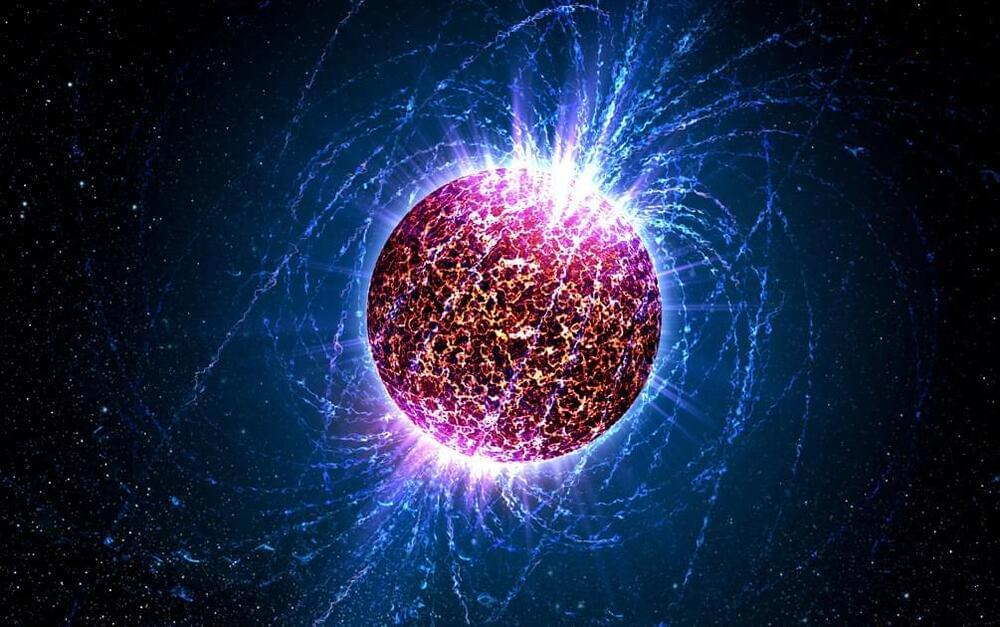Jan 16, 2024
The Datacolor Spyder Checkr Video Brings Data to Color
Posted by Omuterema Akhahenda in category: space
Whenever I sit down to look at my footage from a project, my workflow usually consists of using a display LUT or a Color Space Transform (CST) modifier in DaVinci Resolve to correct my footage from RAW or Log.
With all the exposure and color tools at our disposal, one thing is missing from our workflow. Datacolor aims to change that.


